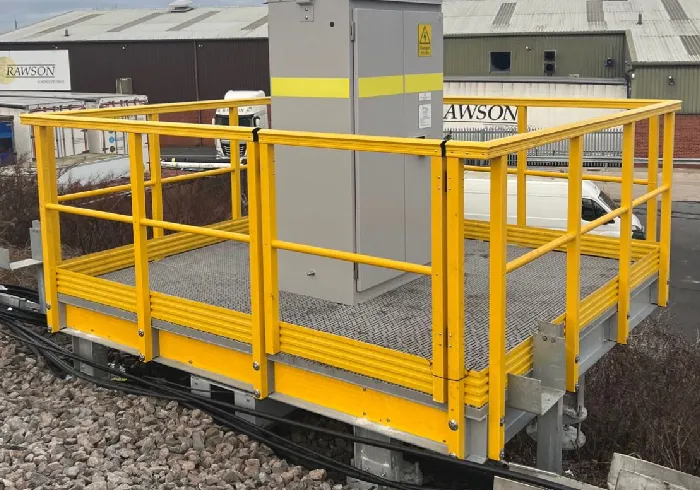loading...
- No. 9, Xingyuan South Street, Dongwaihuan Road, Zaoqiang County, Hengshui, Hebei, China
- admin@zjcomposites.com
- +86 15097380338
- Welcome to visit our website!
Exploring the Benefits and Applications of FRP Moulded Grating Solutions
The Benefits of FRP Moulded Grating
Fiber Reinforced Plastic (FRP) moulded grating has gained significant popularity in various industries due to its remarkable advantages over traditional materials like steel and wood. FRP, a composite material made from a polymer matrix reinforced with fibers, is renowned for its lightweight yet robust characteristics, making it an ideal choice for applications requiring durability and corrosion resistance.
The Benefits of FRP Moulded Grating
Another advantage of FRP moulded grating is its lightweight nature. FRP is significantly lighter than steel, which simplifies the handling and installation processes. This can lead to decreased labor costs and faster project completion times. Additionally, the lightweight attribute minimizes the structural load on supporting systems, allowing for more versatile applications without compromising safety.
frp moulded grating

FRP moulded grating also boasts a high load-bearing capacity, making it suitable for various heavy-duty applications. The superior strength-to-weight ratio of FRP ensures that it can withstand significant loads without deformation. This quality is essential in industries like construction, where reliable support and safety are paramount.
Moreover, FRP grating is available in a variety of colors and styles, allowing for customization to fit specific aesthetic and functional requirements. Its non-slip surface enhances safety, reducing the likelihood of accidents in slippery or hazardous environments.
Furthermore, FRP moulded grating is easy to clean and maintain. The non-absorbent nature of the material prevents the accumulation of dirt and grime, ensuring that the surfaces remain hygienic. This is particularly important in settings like food processing and healthcare, where cleanliness is critical.
In summary, FRP moulded grating offers numerous advantages, including corrosion resistance, lightweight properties, high load-bearing capacity, and ease of maintenance. Its adaptability across various industries makes it a valuable alternative to traditional grating materials, promising enhanced performance and longevity. As industries continue to seek sustainable and efficient solutions, the use of FRP grating is likely to grow, further solidifying its place in modern infrastructure.
-
The Rise of FRP Profiles: Strong, Lightweight, and Built to LastNewsJul.14,2025
-
SMC Panel Tanks: A Modern Water Storage Solution for All EnvironmentsNewsJul.14,2025
-
GRP Grating: A Modern Solution for Safe and Durable Access SystemsNewsJul.14,2025
-
Galvanized Steel Water Tanks: Durable, Reliable, and Ready for UseNewsJul.14,2025
-
FRP Mini Mesh Grating: The Safer, Smarter Flooring SolutionNewsJul.14,2025
-
Exploring FRP Vessels: Durable Solutions for Modern Fluid HandlingNewsJul.14,2025
-
GRP Structures: The Future of Lightweight, High-Performance EngineeringNewsJun.20,2025
